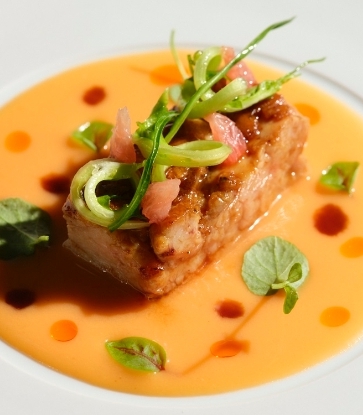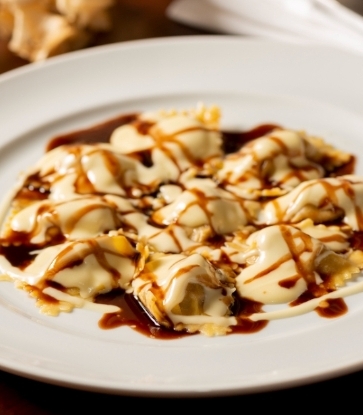When we talk about Western roasts, the first thing that comes to mind is usually roast beef. But in most Asian countries, mention roast meats and you'll usually think pork belly (or sio bak, for local talk).
Both types of roasts couldn't be more different, either. Western-style roast beef, for instance, requires a combi-oven with controlled moisture during the cooking process. Yet when it comes to roasting slabs of pork belly Asian-style, the equipment of choice is usually an Apollo oven (traditional methods would employ charcoal or wood), where the meats are hung and cooked under dry heat to achieve a crispier skin.
Even the marinades to flavour the meats differ. Salt and pepper are the basic spices used for Western roast beef, while Asian cooking might see the meat dry-rubbed with soy or five-spice powder.

It might seem like getting the right doneness of meat requires many steps, but Ian Hioe, executive chef of The Carvery at Park Hotel Alexandra, shares his tried-and-tested method: "Put the beef in the oven at 100 deg C and let it roast for a long time. Put salt and pepper just before it goes into the oven; don't salt the beef too early as that will dry out the meat."
For cuts, chef Hioe prefers bone-in and dry-aged beef that pack more flavour. "I prefer cuts like ribeye or the prime rib. It is important to pick the right cut for a roast; higher fat content is better so the beef won't dry out when roasting," he shares.
Letting the meat rest after taking it out from the oven is also key, as this allows the juices to be redistributed throughout the meat.

While traditional Yorkshire puddings are delicious as is, chef Hioe also shares ways to jazz up your sides. Cauliflower mash, for instance, can help cut through some of the richness of the dish. Same with a cold quinoa salad garnished with sun-dried tomatoes and cranberries.
And if there's still some beef leftover? Fix it up into a sandwich. A reuben sandwich, for instance, is the perfect day-after lunch treat. The bone from the roast can also be kept to make a stock the day after or soups that will freeze well.






















